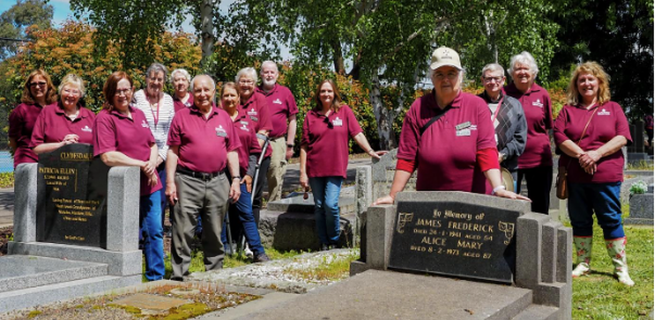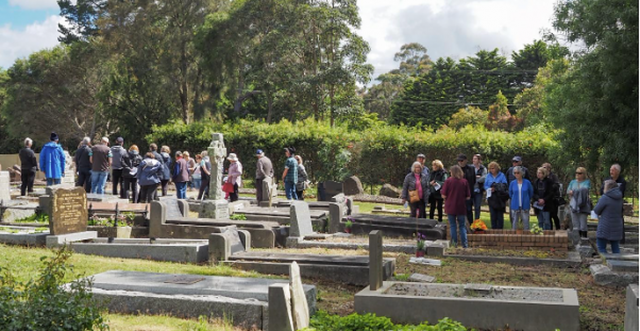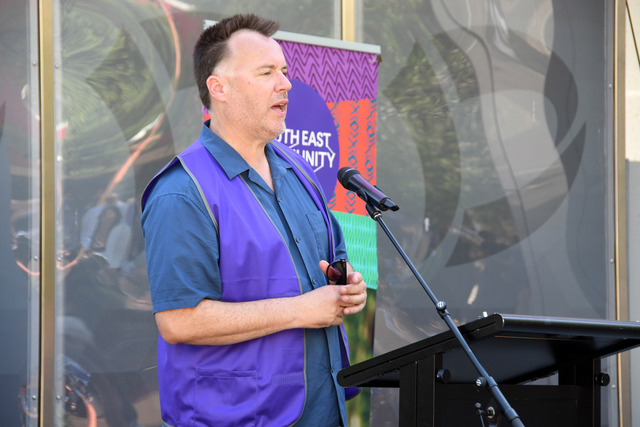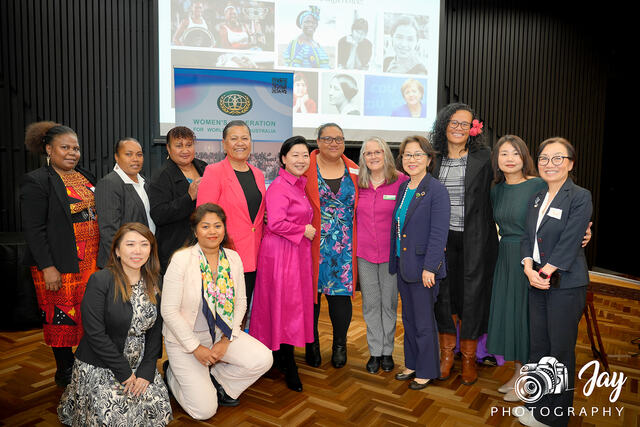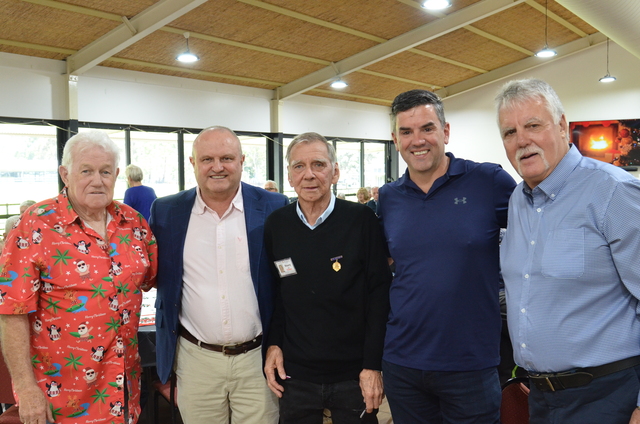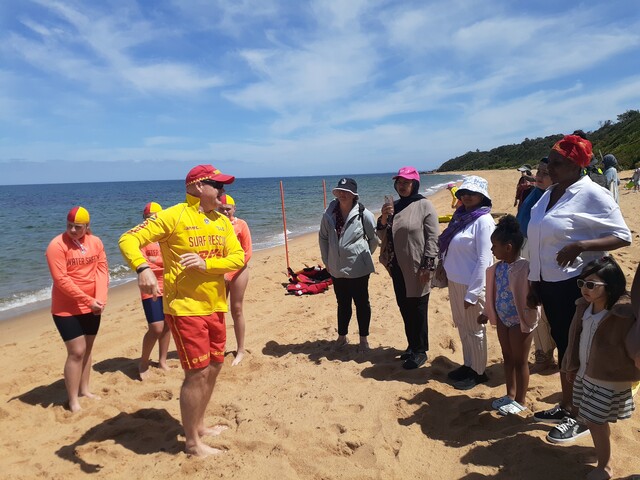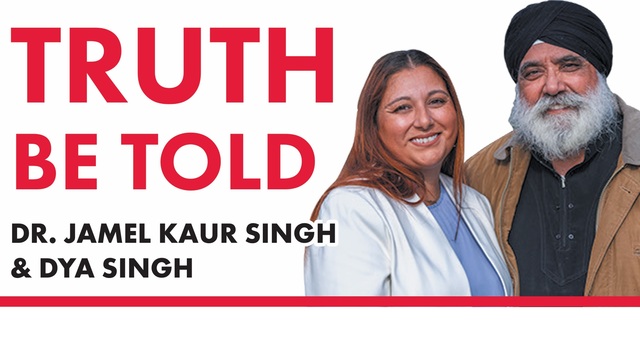After the heavy rains of the week and even the day prior, Sunday 30 October shone its best for the Narre Warren and District Family History Group.
A cemetery tour was planned for Berwick Cemetery, where the group has conducted tours previously.
The large number of visitors were put into groups to tour 15 graves and listen to stories of those interred.
The graves this time were of some of our returned service men from WWI, pioneers of the district and the unsolved murder victims Frederick and Annie Sheard.
In the 1850s, land was chosen for the Berwick Cemetery with the first interred being George Moore and children of the Buchanan, Brisbane and Wilson pioneer families.
Graves of note at Berwick include those of storekeeper William Brisbane, hotelkeeper Robert Bain and Dr Elmes, as well as various members of the Greaves, Kelly, O’Connor, Robinson, Vieusseux and Barr families. Visited on this tour was Dr Elmes who was the public vaccinator and he also held the position of superintendent of the asylum of inebriates in Upper Beaconsfield.
The Elmes family lost a son to the First World War and a daughter to the Spanish Flu epidemic in 1919.
Robert Bain and his family are the name behind the Border Hotel or as known today, the Berwick Hotel.
Robert and his wife Susan had 11 children with two children dying in infancy.
Their family grave has Robert and Susan with seven of their children and a grandson interred.
Brigadier General Cecil Henry Foott was in an unmarked grave until 2015. Cecil started his military career in March 1895.
He had served in the Queensland Militia Garrison and was promoted to Captain in the new formed Royal Australian Artillery.
From Captain, Cecil became a Major and was Chief Engineer in 1909. By this time Cecil was married to Isobel McDonald and they had a family of three children.
Cecil trained at the Staff College in Camberley England, before being attached to the British Army.
When war broke out, Cecil was requested to be deputy adjutant and quartermaster for the first AIF. In 1926, Cecil and his second wife Agnita moved to Upper Beaconsfield in 1926.
Cecil was interred at Berwick in 1942.
Mrs Barnes, a neighbour of Frederick and Annie Sheard, discovered the bodies of the couple on Monday 13 June 1921. They had been murdered with their house ransacked. They were in night attire and were found huddled in their bedroom.
Frederick had defence wounds to his arms and leg. There was blood stained footprints in the house but no tracks leading from the house despite trackers’ efforts.
A couple of men were initial suspects and charges were laid against John King and Edward Jenkins but were later dropped as there was insufficient evidence to secure a conviction.
The volunteers at the Narre Warren and District Family History Group have a research room at the Cranbourne Library, open to visitors wishing to research their family histories.
On Tuesday and Saturday, the rooms are open from 11am to 2 pm. The group also has a huge amount of information about the pioneers of the Casey Cardinia area and have conducted tours at other local cemeteries. If you would like to learn more or become involved with the group please pop into the Lorraine Taylor Research Room at Cranbourne Library or contact Jane Rivett Carnac 0412 084 671.
* Lyne McGregor is the publicity officer at Narre Warren and District Family History Group.

